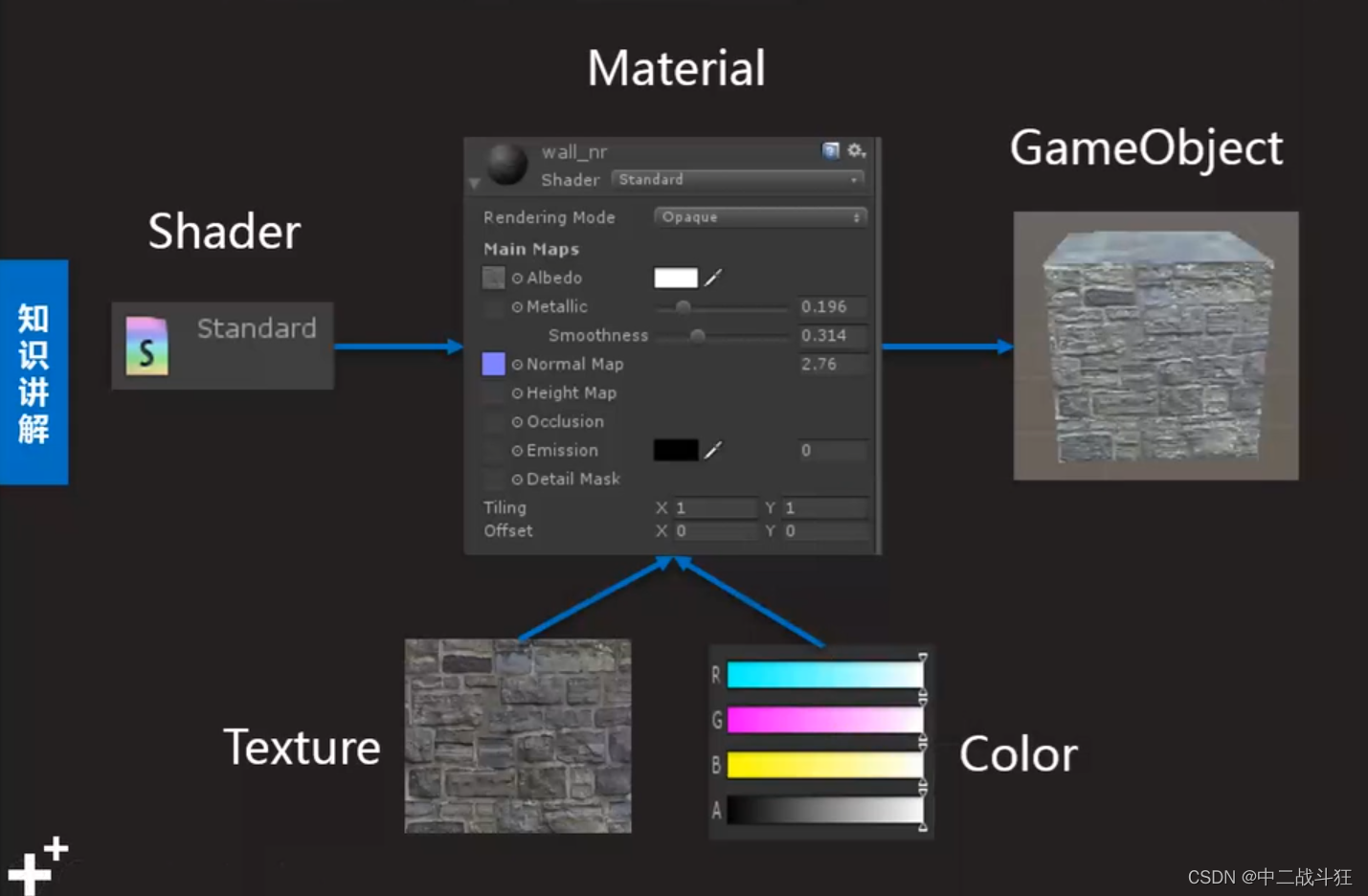

- #Unity stylizer with render texture how to#
- #Unity stylizer with render texture update#
- #Unity stylizer with render texture download#
Now, double-click the HighlightShaderGraph asset or click Open Shader Editor in the Inspector. The Glow_Mat material will change to a slightly lighter shade of gray but otherwise remain fairly drab. With Glow_Mat selected, click on the Shader dropdown at the top of the Inspector and select Shader Graphs ► HighlightShaderGraph. The Glow_Mat material currently uses the default shader for the LightweightRenderPipeline called LightweightRenderPipeline/Lit.Ĭhange it to use the new shader graph you just created. This is a shader graph that supports physically-based rendering, or PBR. Then, in the RW/Shaders folder, create a PBR Graph by selecting Create ► Shader ► PBR Graph. Select Create ► Material, then rename it to Glow_Mat. So, before you can build your shader, you’ll need a material as well.įirst, use the Create button in the Project view to generate a new material in the RW/Materials folder. Creating a PBR GraphĪ material and a shader always work together to render a 3d mesh on-screen. This sets your project to use the highest default setting for the Lightweight Render Pipeline.Ĭlose this window once you’ve confirmed that you’re using one of the Scriptable Render Pipeline assets. In the Graphics tab, the Scriptable Render Pipeline Settings should read LWRP-HighQuality. Once you’ve updated your packages, double-check that your pipeline settings are correct under Edit ► Project Settings. The latest verified version is usually the safest choice.
#Unity stylizer with render texture update#
Then, select from the available versions and use the Update to button if necessary. First, confirm in the PackageManager that you have the Lightweight RP and ShaderGraph packages installed by selecting Window ► PackageManager. Your example project is already configured to use the Lightweight Render Pipeline. When creating a new project for use with Shader Graph, be sure to choose the correct template. Shader Graph only works with the relatively new Scriptable Render Pipeline, either the High-Definition Render Pipeline or Lightweight Render Pipeline. This is the perfect chance to show off Shader Graph! Checking Pipeline Settings For Shader Graph What if you could make your game piece glow as the mouse makes contact? That might improve the user interface. Ok, the game technically works, but it doesn’t give you any visual feedback about your selected game piece.
#Unity stylizer with render texture how to#
Turn and shift the pieces so they don’t overlap.Ĭan you figure out how to move the seven shapes into these patterns? Use the cursor keys to rotate the pieces. The goal is to rearrange seven flat geometric shapes into stylized pictograms or silhouettes.Įnter Play mode in the Editor to test the demo game.

This is a simple game called Tangram, which originated in China in the 1800s. Now, load the scene called TangramPuzzle from the Scenes folder.
#Unity stylizer with render texture download#
Use the Download Materials button at the top or bottom of this page to grab the materials for this tutorial.

If you’re new to Unity development, check out this great Getting Started In Unity tutorial. Note: While this tutorial is for beginners in Shader Graph, it assumes you know the basics of Unity development and getting around the interface. This tutorial uses Unity version 2019.1 or newer.

In this tutorial, you’re going to create your first shader graph in Unity right now! Getting Started Best of all, Shader Graph makes it easy to get started with a visual, interactive interface. Unity introduced Shader Graph to allow you to more easlily write shaders, with minimal to no coding. For many, shader writing is a neglected area of game development, simply because of the extra learning curve involved. Historically, this has required a special shading language, such as Cg or HLSL, with conventions a bit different than typical gameplay scripting. Though Unity provides a Standard Shader, sometimes you may need to make an effect beyond what the out-of-the-box shader can do. If you want to learn more about the basics of shaders, take a look at our Introduction to Shaders in Unity. They describe how to calculate the onscreen color of a particular material. A shader is a small program containing instructions for the GPU.


 0 kommentar(er)
0 kommentar(er)
